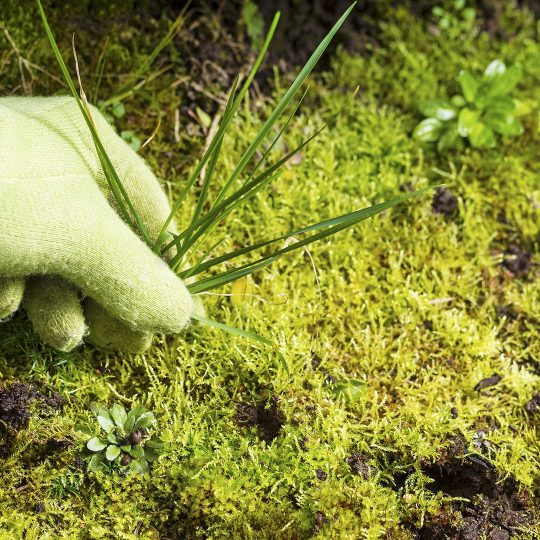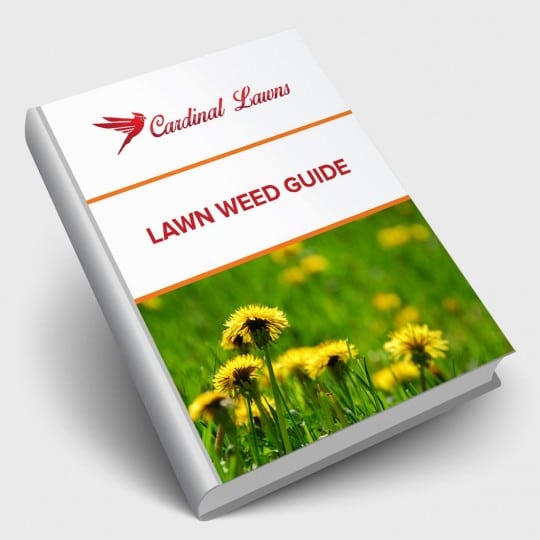Weed Management: Nutsedge Control
Identifying and Preventing this Weed
Posted
September 21, 2017

Notice any yellow-green, grass-like weeds in your lawn? That’s nutsedge, also known as nutgrass. It’s a perennial weed, which means it could come back again next year if not taken care of properly. Like any weed, treatment and prevention starts with regular lawn maintenance.
Identifying Nutsedge
Look for the following features of this weed:
- Yellow-green, grass-like leaves growing higher than your lawn
- Yellow or purple, spiky flower heads
- V-shaped stem
Nutsedge prefers moist, poorly drained areas of your lawn or garden, but it can grow in dry soil too. In fact, it will grow faster than the lawn grass in hot weather. Every late spring, early summer, it grows from tiny tubers, or nutlets, on roots 8 to 14 inches deep in the soil. Even if you pull the weed out, some tubers could be left behind and eventually grow in patches 10 feet in diameter if left untreated.
Preventing Nutsedge
You can help prevent the spread of nutsedge in your lawn in two easy steps.
- Mowing at the proper height. Depending on the type of grass you have, mow high enough to allow the good grass to overcrowd the weed. Mowing too short gives weeds free range to take over.
- Feed your lawn. A healthy lawn is a weed-free lawn. Apply a grass-feeder and weed-preventer early in the summer to help take back control of your lawn. Follow all product instructions and watch your grass grow thick enough to crowd out those nasty weeds.
With regular maintenance and attention, your lawn will grow to be more green, and less spotted with yellow nutsedge weeds.

Download Your FREE Lawn Weed Guide
Before weeds take over your yard this season, learn to identify and prevent them in the first place. Keep your lawn looking great all year!